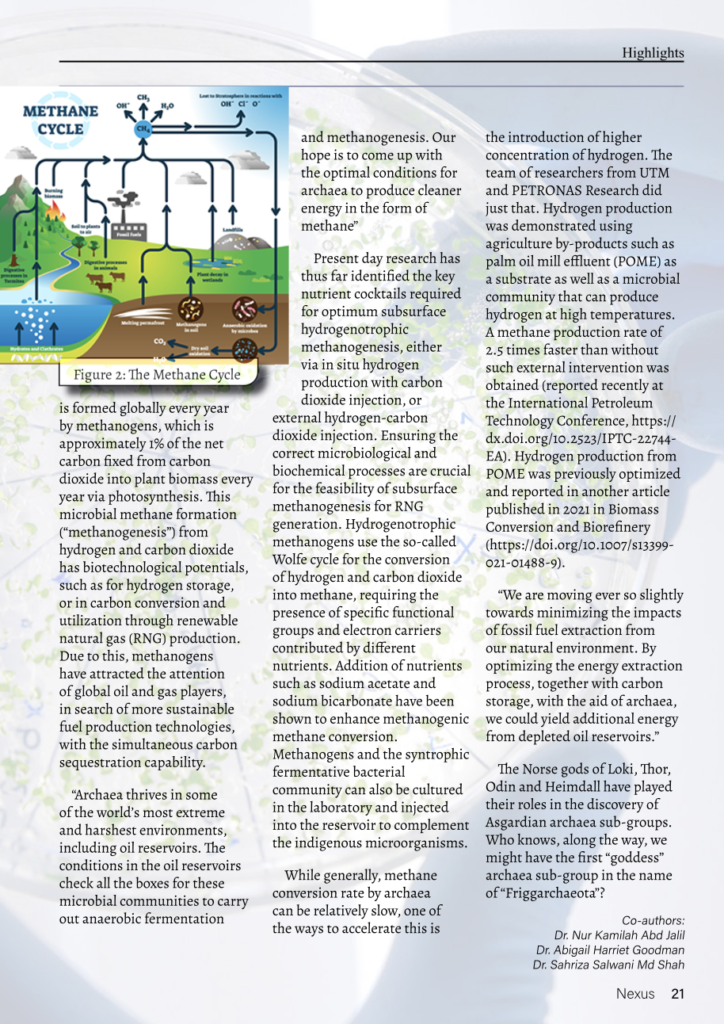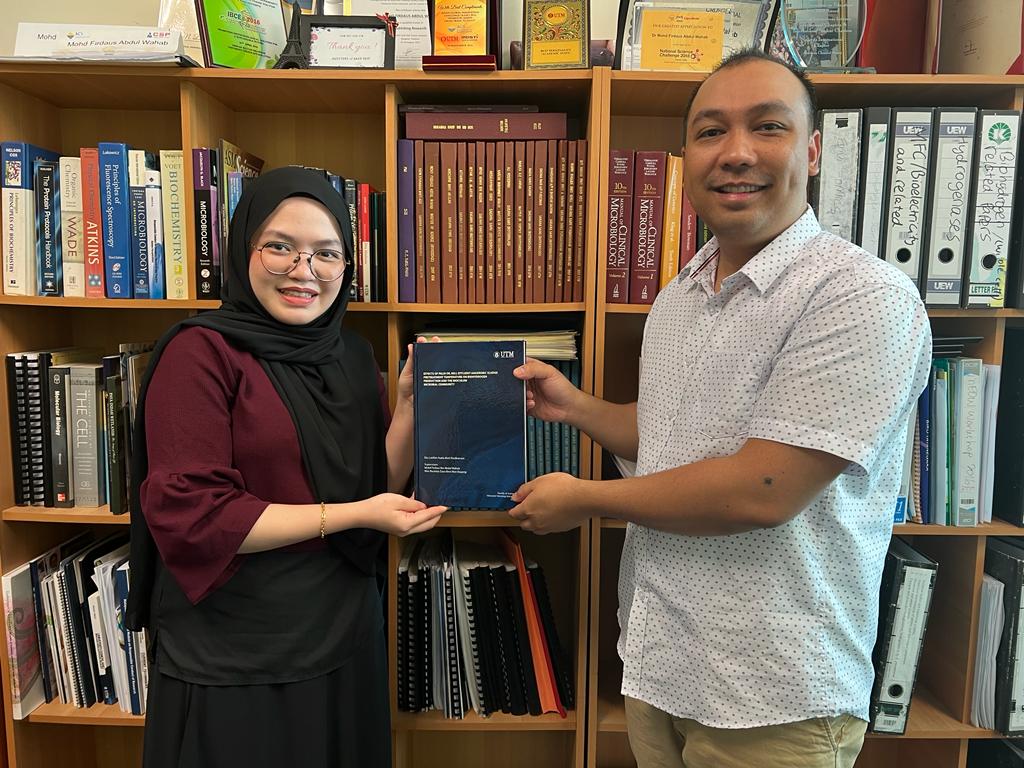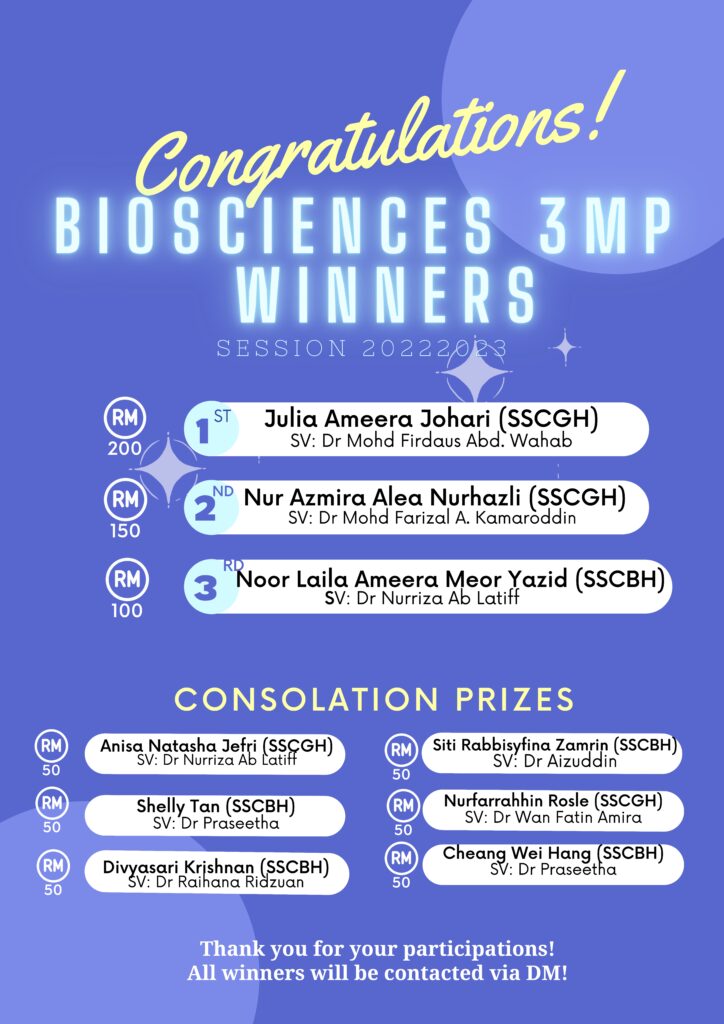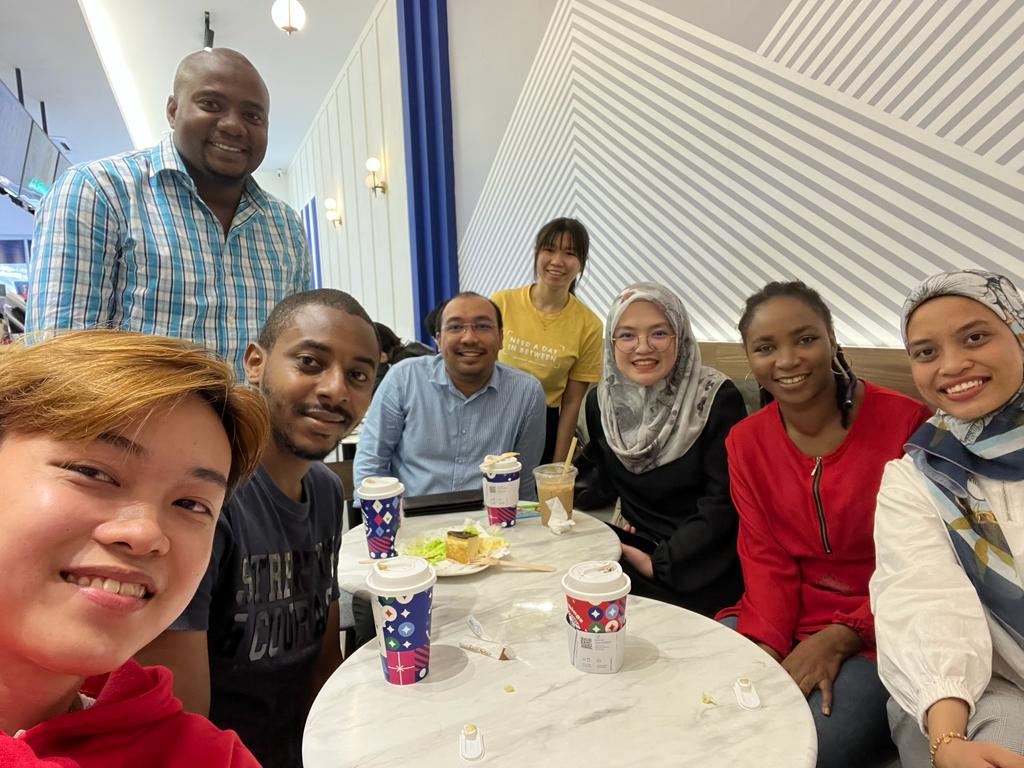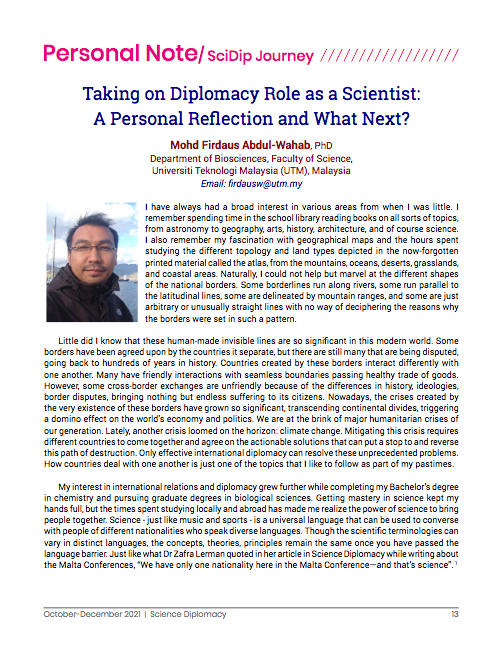An article by the lab members has been published in the UTMNexus magazine (April 2023 issue). UTMNexus is a publication coordinated by UTM DVCRI office, targeted at the general public, showcasing the state-of-the-art research conducted by the university researchers. Our article describes the role of microorganisms in climate change and energy security, in line with the theme of this issue. We introduced the readers to the characteristics and biotechnological potentials of archaea, which is among the least understood groups of microbes, in carbon capture and conversion. The article was also co-authored by our collaborators from PETRONAS Research Sdn. Bhd.
Read the article here: https://indd.adobe.com/view/c3f850ba-3dcf-4368-b682-ab813e43932d
Find out more about UTMNexus: https://research.utm.my/magazine/


